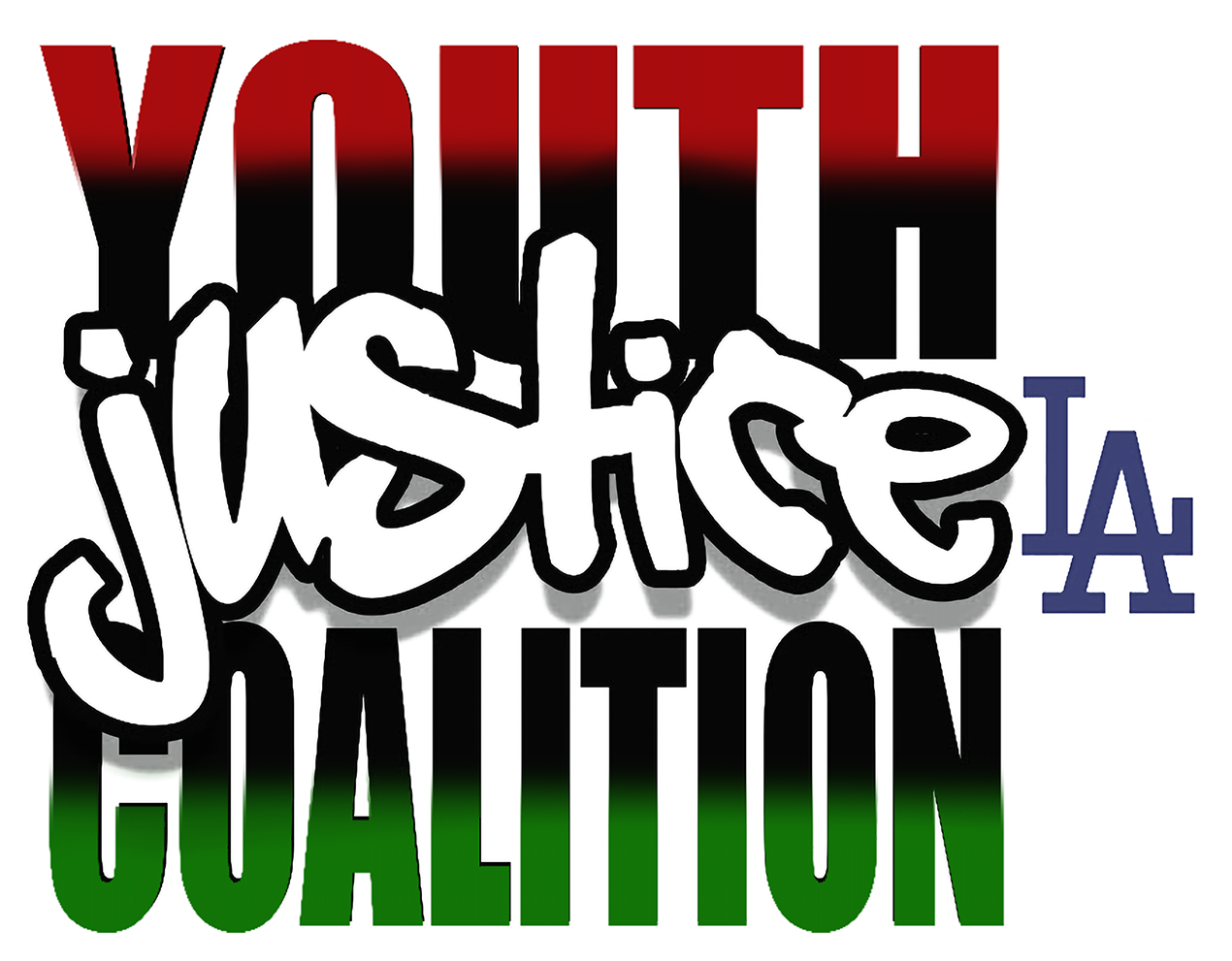Hidden Histories: Displacement, Colonialism & Gentrification in LA. Through self-guided research and peer presentations, we will explore the history of key sites in Los Angeles, related to Colonialism, Gentrification and to the displacement of communities.
Week 1 (April 15, 17): Mapping the Metropolis, Who decides what gets mapped?
Introductions, class agreement, review and discuss maps, Map Assignment Sheet. First Assignment: Map Your Los Angeles
Questions for Class One:
- How are different neighborhoods depicted on the tourist map?
- What information do maps highlight and what do they hide?
- What gets mapped and who decides what gets mapped?
- How can a map be critical?
- What are different neighborhoods known for and why?
Working in pairs, answer the following questions:
- What questions does this map raise for you?
- What information does this map highlight or hide?
- What does this map tell us about the community/neighborhood it pictures?
- Who is this map made for and made by? For what purpose?
Homework: Map of Your Los Angeles If you were going to map the important sites around you, what would it look like and what are those sites? Would you find them on other maps?
- What are the most important places in your neighborhood or community? What sites or information about your neighborhood do people pay attention to? What should they pay more attention to?
- What sites or data could your map highlight?
- On a sheet of paper, draw a map of your community/neighborhood that highlights specific sites or information.
Week 2 (April 24): Destruction and Reduction Of Public Housing
Chavez Ravine, HOPE VI: Pico Aliso, Dana Strand, continue work on your maps
Week 3 (April 29, May 1): Disinvestment and Reinvestment
Frogtown/Elysian Valley/LA river, Redlining, Land Covenants, Blockbusting
Week 4 (May 6, 8): Colonialism and Hidden Histories in Downtown LA
US-Mexico War, Manifest Destiny, Downey Block, Yang-Na, Chinatown Massacre
Week 5 (May 13): Fieldtrip prep and Mapping Assignment DUE
(May 15): Peer-guided Fieldtrip
Calle de los Negros (now Los Angeles Street) Chinatown Plaza,Fort Moore (monument), Downey Block (now Spring Street courthouse), Yang-Na Land (now LA City Hall), Chavez Ravine (now Dodgers Stadium), Human Resources (gallery) 3 min presentations at each site, peer feedback What sort of monument would you want to see to honor the history at each of these sites?
Week 6 (May 20, 22): Organizing and Resistance
Union de Vecinos, South Central Farm, Native Garden/Cornfield, LA Toxic Tours, work on monument proposal/ideas.
Week 7 (June 5):
Week 8 (June 10, 12): Public tour and guerilla installation of monuments?
READING
- Land Grab YJC Report
- Excepts from: A Peoples Guide to Los Angeles Laura Pulido, Laura Barraclough, Wendy Cheng
- Excepts from: City of Quartz: Excavating the Future in Los Angeles Mike Davis
- LATIMES article about Cadillac Corning injuction “Drug-Peddling Street Gang Holds Neighborhood in Fear”
- Eastsider “It may take more than cops and tickets to keep lowrider shows out of Elysian Park”
- Introduction to: The History of Forgetting: Los Angeles and the Erasure of Memory Norman Klein
- Grace Lee Boggs The Next American Revolution: Sustainable Activism for the Twenty-First Century, “Detroit, Place and Space to Begin Anew”
